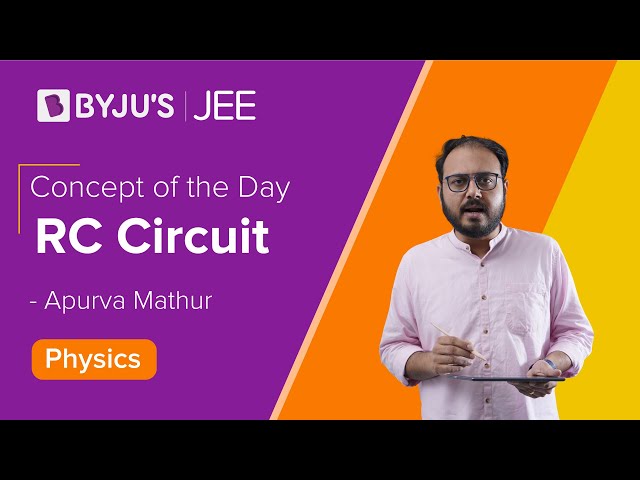In our article about the types of circuit, we discussed the two major types of circuit connection: Series and Parallel.
From the article, we understood that a series circuit is one in which the current remains the same along with each element. With this context, let us discuss the LCR circuit and its analysis in detail. An LCR circuit, also known as a resonant circuit, tuned circuit, or an RLC circuit, is an electrical circuit consisting of an inductor (L), capacitor (C) and resistor (R) connected in series or parallel. The LCR circuit analysis can be understood better in terms of phasors. A phasor is a rotating quantity.

For an inductor (L), if we consider I to be our reference axis, then voltage leads by 90°, and for the capacitor, the voltage lags by 90°. But the resistance, current and voltage phasors are always in phase.
In this article, let us understand in detail about the RLC series circuit.
Following is the table explaining other related concepts of the circuit:
| AC voltage applied to a series LCR circuit: Analytical Solution |
| Circuit Diagram And Its Components |
| Components Of Basic Electrical Circuit |
Analysis of An RLC Series Circuit
Let’s consider the following RLC circuit using the current across the circuit as our reference phasor because it remains the same for all the components in a series RLC circuit.

As described above, the overall phasor will look like below:
 Phasor diagram of current Vs voltage for resistor, inductor and capacitor for RLC series circuit
Phasor diagram of current Vs voltage for resistor, inductor and capacitor for RLC series circuit
From the above phasor diagram, we know that,
The current will equal all three as it is a series LCR circuit. Therefore,
Using (1), (2), (3) and (4)
Also, the angle between V and I is known phase constant,
It can also be represented in terms of impedance,
Depending upon the values of XL and XC
We have three possible conditions,
- If XL > Xc, then tan θ > 0 and the voltage leads the current and the circuit is said to be inductive
- If XL < Xc , then tan θ < 0 and the voltage lags the current and the circuit is said to be capacitive
- If XL = Xc , then tan θ = 0 and the voltage is in phase with the current and is known as resonant circuit.
Frequently Asked Questions – FAQs
Is there a difference between RLC circuit and LCR circuit?
What are the phase differences between the current in the capacitor and the current in the resistor in a series LCR circuit?
What is an RLC circuit?
What is an inductor?
What is a capacitor?
This was just an introduction to the LCR circuit. To know more about LCR circuits, types of circuits, inductance, capacitance, and resistance, download BYJU’S – The Learning App and fall in love with learning.


Comments